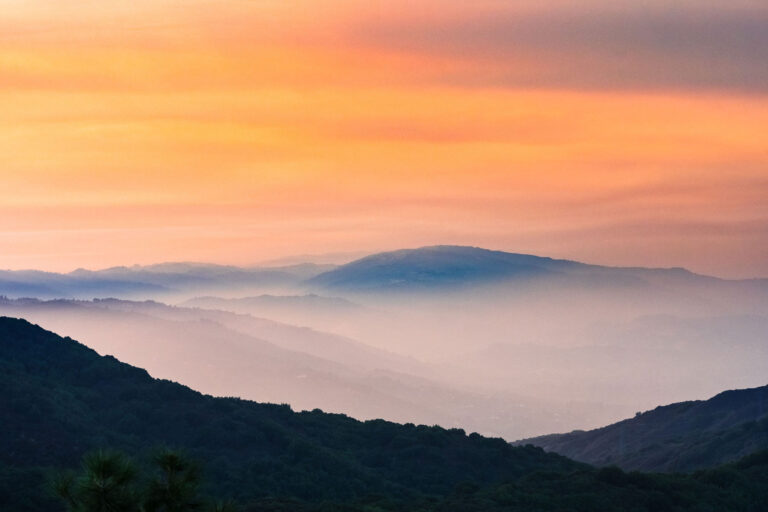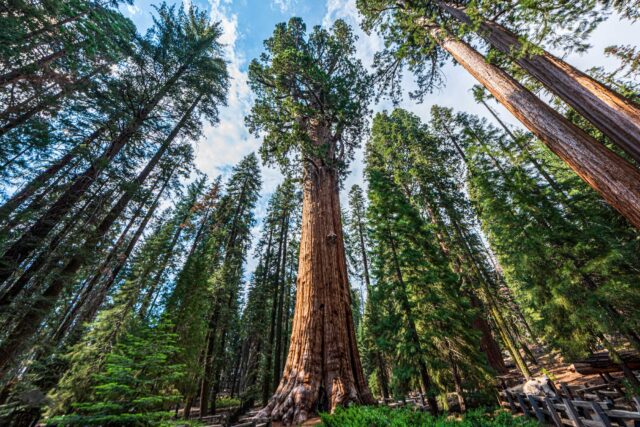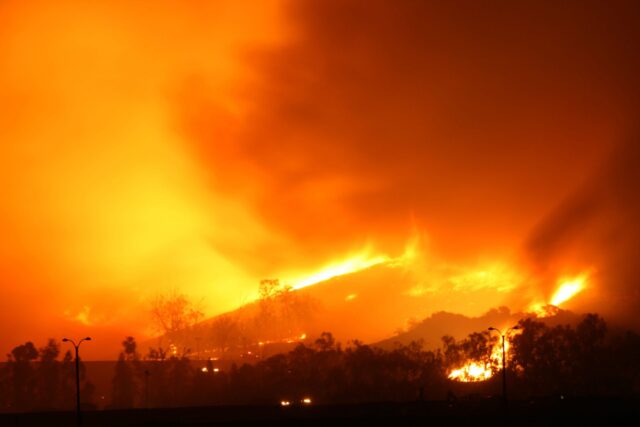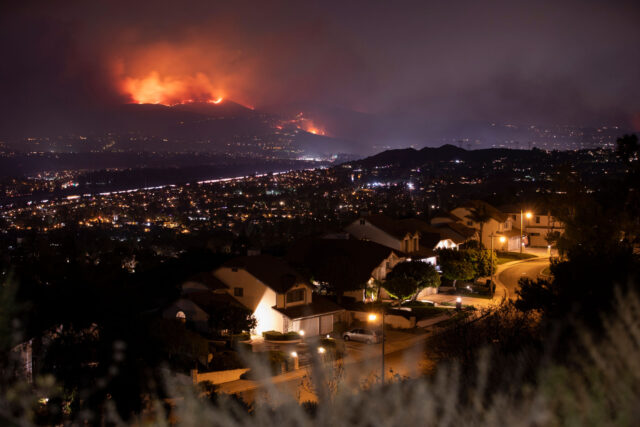Will the current drought increase the chances of another bad fire season this year? We talked to Scott Stephens―a fire ecologist at UC Berkeley and a member of the PPIC Water Policy Center research network―about the risks, and what can be done.
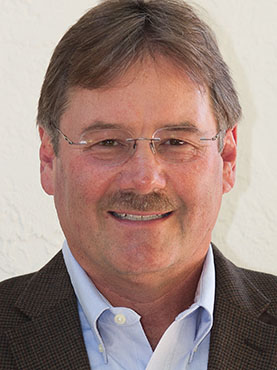
How might drought conditions affect this fire season?
With very low moisture levels in vegetation in landscapes across the state, I have no doubt we’re looking at very challenging conditions. Dry vegetation makes fire behavior more extreme. We’ll probably get to typical fire season moisture levels six weeks early this year because of the drought. Scientists at San Jose State and elsewhere have found record-low fuel moisture levels in vegetation in the South Bay, and we’re just in May. The good news is that the drought has kept the grasses low, which should reduce flame length.
In your opinion, how well prepared are we for wildfire this year?
We are getting more prepared, especially on the fire suppression side, which is incredibly important in a state with a volatile, dry-summer climate and 40 million people. CalFire hired 1,400 new firefighters this year, replaced its helicopters, and added a fleet of fire engines. There’s also greater awareness by the public—people are creating more defensible space around their properties and being more careful to avoid ignitions.
But there are two fundamental areas that need to change for California to have a better outcome. People must get better prepared for the inevitability of fire. I think we’ve under-appreciated how vulnerable so many communities are to fire—there are hundreds up and down the state. Climate change is making the risks worse with higher temperatures and more drought. CalFire has a “ready, set, go” policy to help people deal with fire risks, which is helpful, but I’d like to see more emphasis on the readiness piece.
In Australia, there is a culture of community preparation for wildfire emergencies. California has begun to do more—for example, with fire safe councils—but in Australia a professional service is involved in helping develop neighborhood plans and other preparations. It’s similar to our agricultural cooperative extension service, which is really effective. Oregon created a service like this two years ago.
The second piece is getting the landscape better able to handle fire and climate change. Our forests are just too dense, making them susceptible to disease, drought, and extreme wildfire. I’ve been working with a number of California tribes, and they have witnessed profound changes in the composition of the state’s forests. A restoration strategy can get forests in a condition that reduces tree mortality during droughts.
We’ve done very little prescribed burning in this state, and especially in the coastal mountains. The fires in the coastal area last year created a mosaic of burned and unburned areas. We can build upon that with prescribed burns to increase fire resistance in those areas.
Every one of last year’s fires had a restoration component, because they helped thin overly dense forests and removed flammable underbrush. Even the Creek Fire, which had a huge section that experienced the most severe fire conditions, also had lower-severity burn that helped restore the landscape to a healthier state. So even the worst fires that cause the most damage have some beneficial aspects to them. But the price is too high—both to people and the landscape. We need to create better conditions in the untouched forests adjacent to burn areas to help stop the next extreme fire. We have to focus more on reducing the density of the green and worry less about the parts of the forest that are already dead.
What gives you hope looking forward?
At the state level, we’re seeing greater attention to wildfire issues at all levels, from the governor’s office to the various agencies. I applaud the state and CalFire for trying to do something about it. I’m excited about the funding that’s going toward home hardening and forest management; I’ve never seen that kind of money for this work in my entire career. I do wish we’d started earlier, though. The Biden‒Harris administration hasn’t weighed in yet, but the vice president is well aware of the issue. I’m hopeful that they will energize more work in this area.

